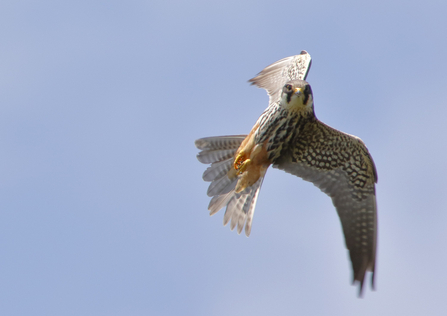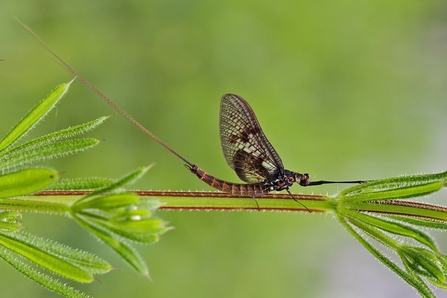The Wildlife Trusts were delighted to be part of the filming for this episode, with Wiltshire Wildlife Trust’s wonderful Langford Lakes used as one of the locations. Here, Eleanor Dodson, Digital Marketing & Communications Officer from Wiltshire Wildlife Trust gives us more of an insight into this fantastic place and what they have been up to there to make it even better for wildlife!
Since Wiltshire Wildlife Trust acquired Langford Lakes in 2001, we have created islands, ponds and wader scrapes that provide habitat for 150 bird species. We transformed a neighbouring field into the Great Meadow wetland, where bird-watchers flock to see wading birds such as lapwing, sandpiper and redshank.
Dragonflies lay their eggs on marginal plants around the lake, which the nymphs can then use to climb out of the lake when they are ready to emerge as adults. This abundance of dragonflies attracts hobbies – agile and fast flying falcons, which travel from South Africa to catch and eat dragonflies in flight – quite an impressive sight!


